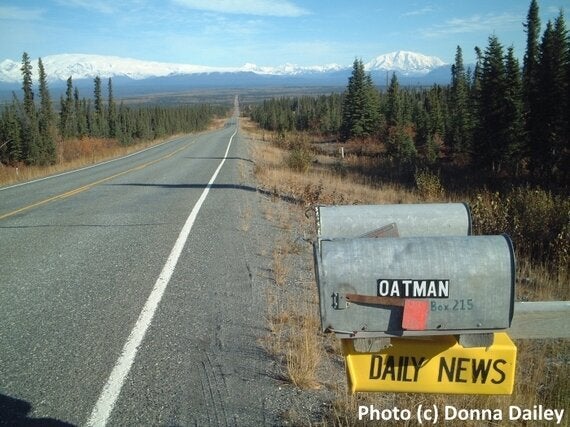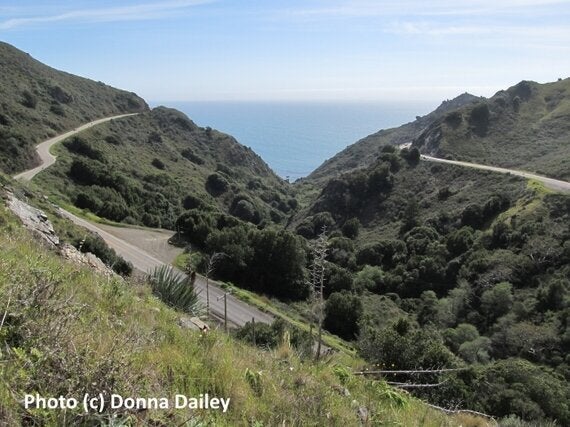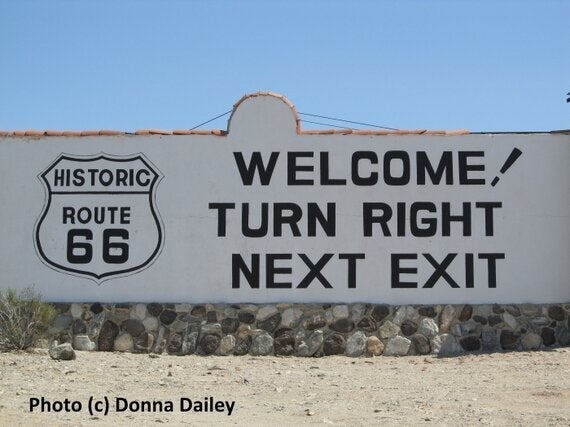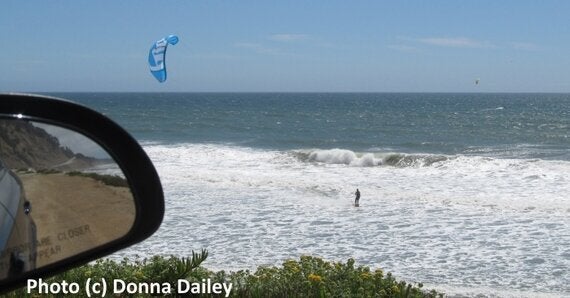
The US Road Trip is for many people - including many Americans - the dream holiday. It's the freedom of the road, the ability to stop or move on, a chance to see the country's breath-taking scenery and cross its wide-open spaces. But there are some different driving rules and regulations you need to take account of if you're a UK driver hoping to drive Route 66 or the Pacific Coast Highway, two of the country's most popular routes.
1) As a general rule, driving in the USA is easier than driving in the UK. Most people adjust quickly to driving on the other side of the road. Roads are well signed, and the US has a driving culture so everything is geared to the motorist. The only difficult bits can be in big cities and at complex exchanges where several interstate highways might meet and you can have several lanes of traffic. In these circumstances a car with a Sat Nav is invaluable, to tell you which lane you need to be in.
2) The vast majority of exits from interstates and highways are on the right. If a left-hand exit is approaching, the sign for it will be over the left-hand lane rather than the usual right-hand lane.

Driving in Alaska
3) Americans have a more flexible attitude about which lane to drive in. The rule is that, as in the UK, you should normally be in the slow lane unless overtaking. In the USA, though, because traffic is constantly exiting and entering from the slow (right-hand) lane, it's more acceptable to drive in the middle lane or lanes than it is in the UK. You'll soon pick up the protocol, though.
4) Different states have different laws, so if you're driving in more than one state it can help to check the rules in each state. In Oregon, for instance, it's illegal for a driver to fill their own car at a gas station. You have to wait for an attendant to do it.
5) It's an offence in most (but not all) states to have an open container of alcohol inside a vehicle. It's best to play safe and keep all alcohol, open or not, in the boot (or trunk, in US parlance).

The Pacific Coast Highway
6) Keep a close eye on speed limit signs. The maximum speed limit also varies from state to state so you may have to adjust your speed as you cross a state line. The Highway Patrol has some sneaky hiding places along the highways and interstates and you don't want to see that flashing light in your rear-view mirror.
7) Wherever you are, if an emergency or police vehicle is on the hard shoulder with lights flashing then you must move over a lane away from the vehicle unless it's impossible because of the traffic. In that case, you must reduce your speed. Most people would change lanes for a broken down vehicle too.
Likewise, if a flashing light vehicle is approaching from behind, or coming towards you and it's not a dual carriageway (or divided highway in US-speak), you must get out of the way and slow to a stop till they get past.

8) You must carry your driver's licence on you when driving at all times, and also have your insurance and tax documents.
9) You must pull over and wait when a school bus stops for an official stop. The lights will flash to warn you. You must not attempt to pass the bus.
10) In the UK we have roundabouts, or crossroads with traffic lights or stop signs. The USA has stop signs. They do have some roundabouts but most drivers don't really 'get' them. On the other hand, many UK drivers don't get the stop sign system either. If you see a stop sign you must come to a complete stop. Even if all is clear, you still have to stop, if only momentarily.
When you approach a stop sign, look to see if it says 2-WAY, 3-WAY, 4-WAY or ALL-WAY underneath the STOP. This helps you work out who has priority. If it's an ALL-WAY stop or a 4-WAY at a 4-way junction, then all drivers have to stop. Priority goes to whoever got there first. If it's not clear who got there first then the driver to the right has priority - though as with drivers anywhere, don't bank on people doing the right thing.
A 2-WAY stop is usually similar to a road junction in the UK where the main road has priority and the two side roads meeting it have to stop till it's clear. A 3-WAY stop at a 4-way junction means that one stream of traffic will not be stopping. Only when that route is clear can the other drivers go, again using the same priority system as for a 4-WAY stop. And don't worry, it's easier to do it than to describe it!

On the Pacific Coast Highway
Getting There
UK tour operators with fly-drive holidays to the USA include Abercrombie and Kent, Exsus, North America Travel Service, Audley Travel and American Sky.
Photos
All photos (c) Donna Dailey.
The Author
Mike Gerrard is an award-winning British travel writer with a home in Arizona and a love of US road trips. He and his wife Donna Dailey edit the 101 USA Holidays website, where they have written about The Best US Fly-Drive Holidays and The Best US Road Trips.